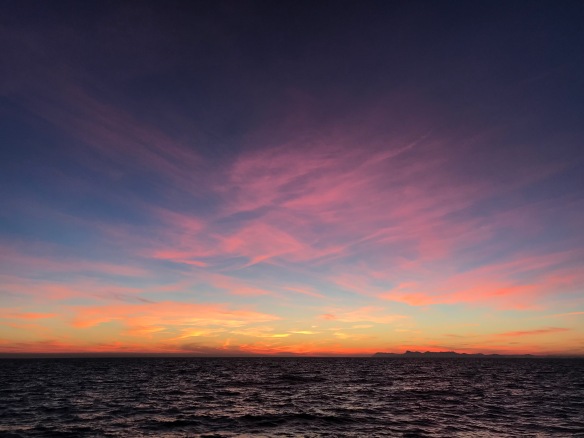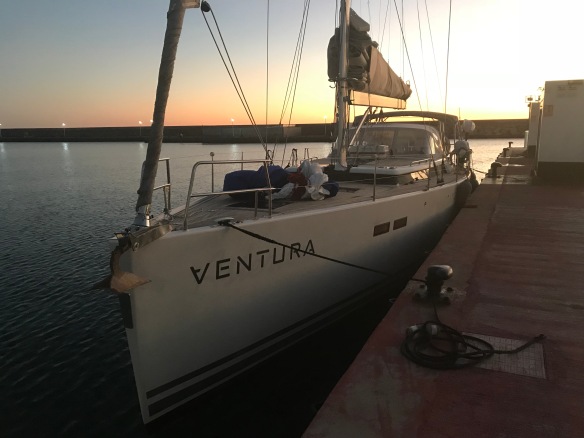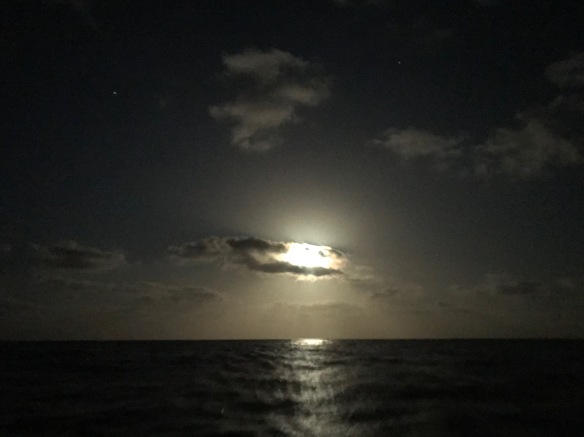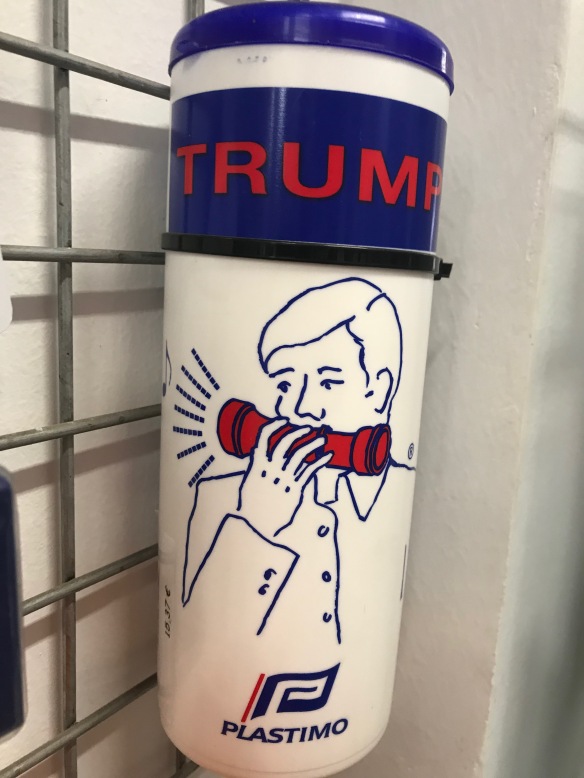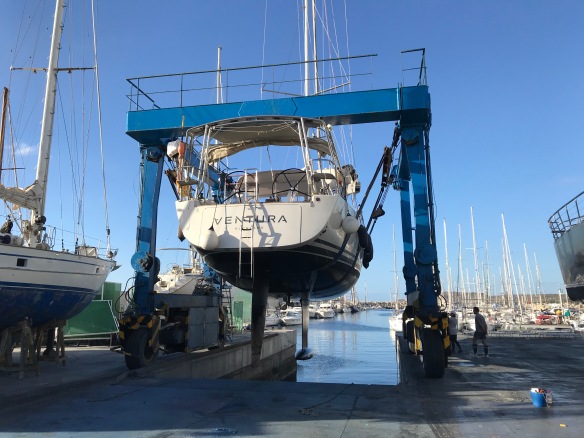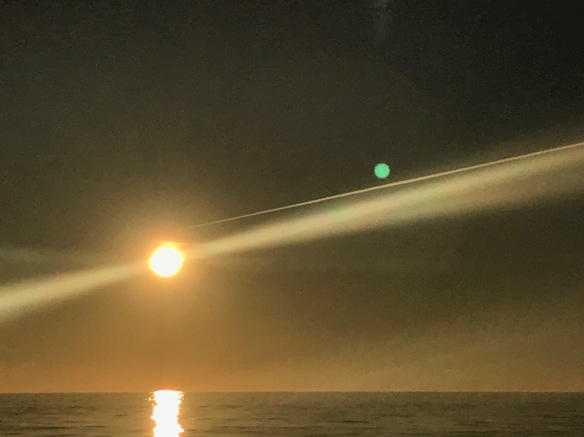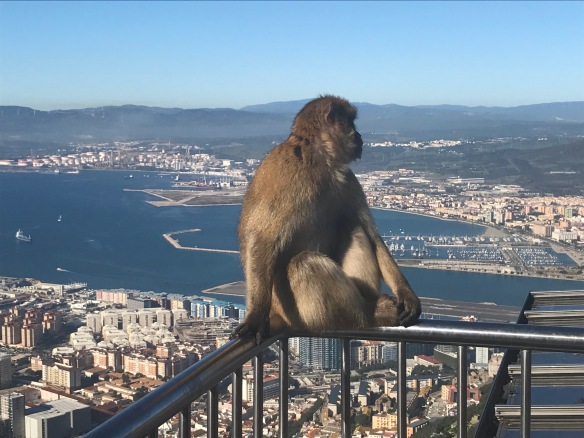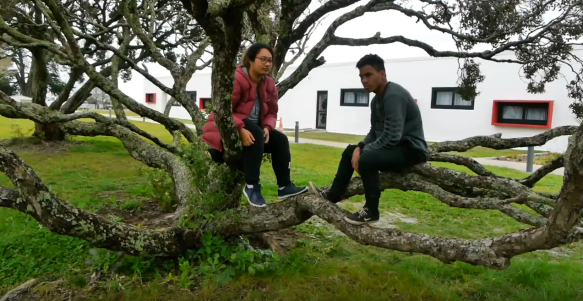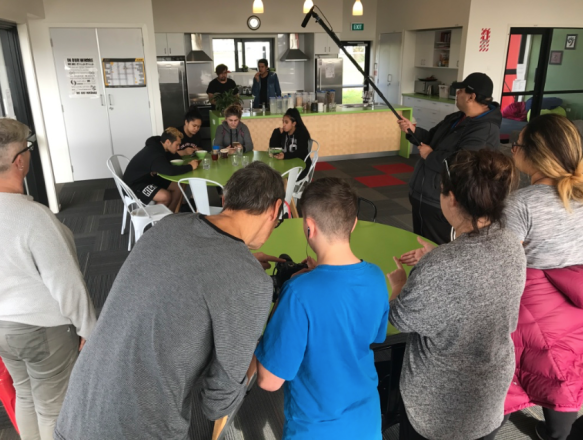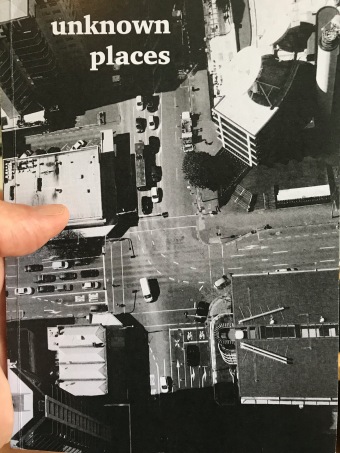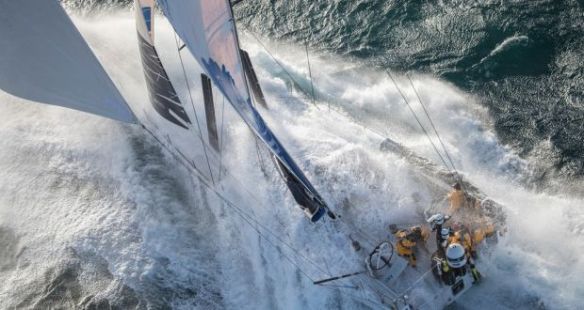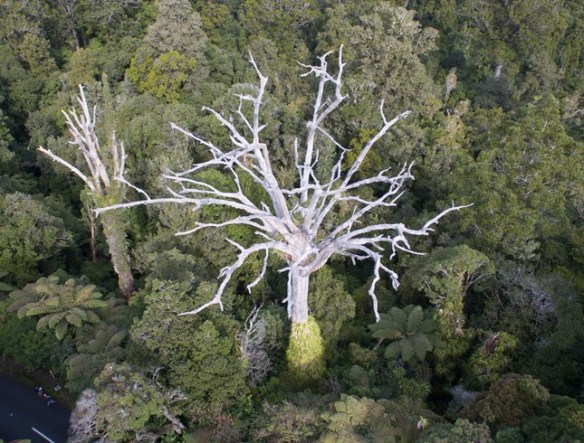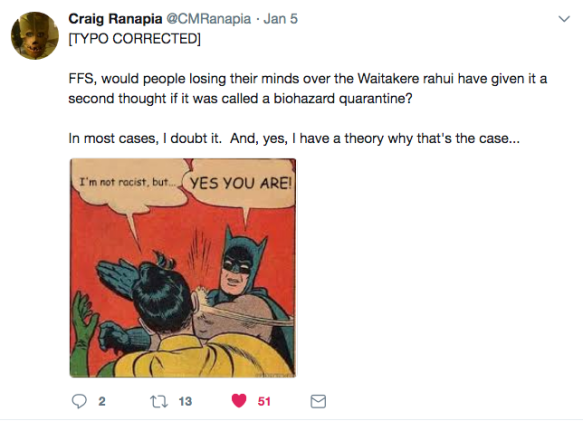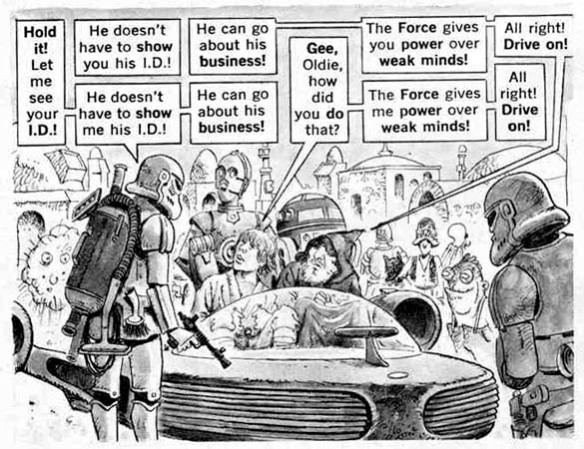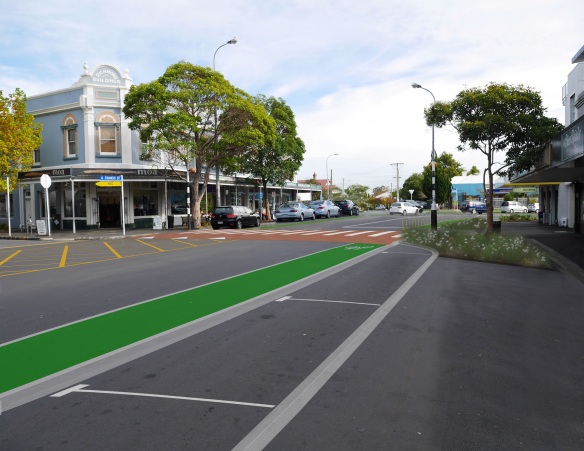The late-night approach to St Maarten was more complicated than anyone expected. The dependable Atlantic trade winds became flukey as we approached the Caribbean archipelago. We reefed, we unreefed, and reefed again. We steered doggedly downwind, dodging rocks in sloppy, choppy, floppy waters. It was all a bit tense.

Astonishingly, the major navigation beacon on the south end of St Maarten wasn’t lit. I’ve never known that happen before. Navigation markers are like traffic lights: even jerks trust them. It’s disconcerting to search for a nagivation marker on the end of a small island in the middle of a dark, rainy night, and find it’s not where you expect it to be. You wonder whether your GPS is working properly, and whether your brain is working properly. We approached the corner without its light. We saw the corner without its light. And in slightly morbid silence, we passed the corner without its light.
We dropped anchor in Simpson Bay about five a.m., had a quick celebratory rum and hit the sack. By nine-thirty, we were back on deck taking instructions from the super efficient marina guy zooming around in his inflatable. He hailed us: “You be needing fenders on the starboard side from amidships aft, a long bowline port, stern line port and starboard and a spring-line from the starboard bow. Follow me.” That woke us up.
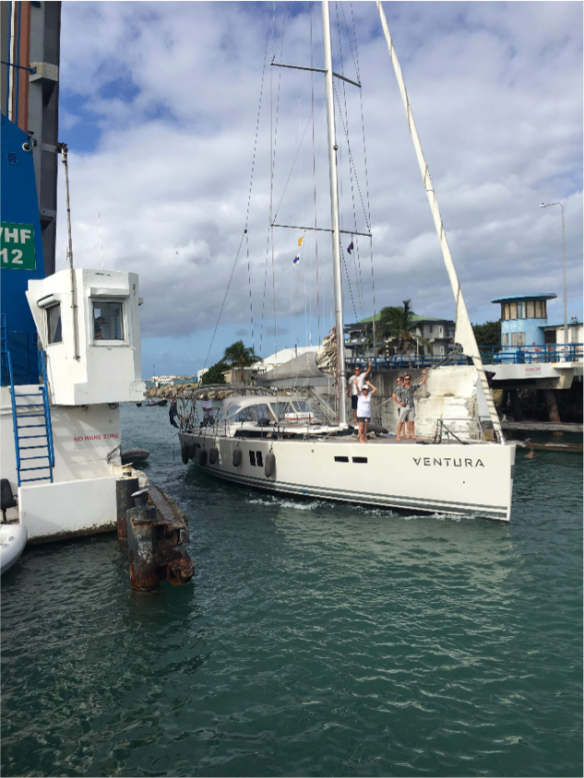
Photo: Amanda Stonex
Motoring through the lagoon towards our marina was eerie. The island took awful damage in 2017’s hurricane Irma. We learned they’d had 100mph winds for over 24 hours, and that for at least two hours, the wind was in excess of 120 mph, with a peak recorded at nearby Antigua of 160 mph. That’s a bit like a force 8 earthquake running all day and all night.
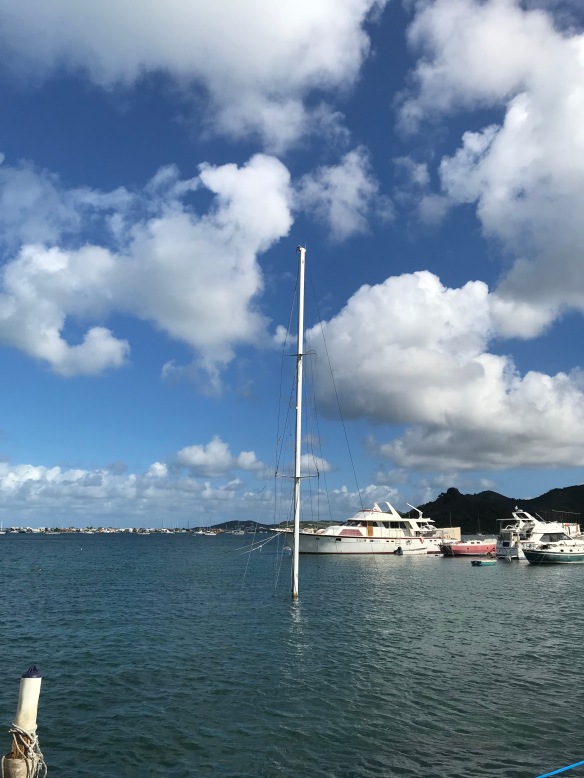
We saw wrecked boats all over the place. Masts sticking out of the water, large boats capsized off the beach, and many large boats beside the coastal roads, simply left to rot.
St Maarten is the dutch side of the island. The other side, St Martin, is French. The dutch side has large hotels and casinos. The French side has a more charming old town vibe with laneways and boutiques. People warned us that the French side was dangerous. But it wasn’t when we visited. It felt friendlier, with many more local folks hanging out in the cafes, more reggae in the air and fresher, more local ingredients on the menus.
Mostly what we saw was extremes of wealth. The largest yacht we saw barely fit through the drawbridge canal. It sported a Tommy Hilfiger flag, Tommy Hilfiger-clad crew, and someone who looked a lot like Tommy Hilfiger himself on the upper deck. Cam took our passports to the customs office and bumped into Michael Jordan’s posse. The vast majority of planes flying out from the airport were small private jets. We met virtually no local white people. The few we did meet were invariably bosses, and weren’t born on the island.
One such was Topper, a bar owner and rum distiller. This short, stocky and fabled New Yorker was rumoured to be the last person to have seen his business partner alive (other than the killer of course), swaggering around in long black hair, jeans and a panama hat.
On a drive away from the big resorts and marinas, nearly everything was rough. We saw countless houses in ruins, but still providing homes for many people. We drove through neighbourhoods of derelict poverty, to plush seaside neighbourhoods with tidy table umbrellas sheltering beautiful people downing elegant cocktails. On the French side, even the courthouse – an elegant colonial edifice – had plywood sheets nailed into the window frames.
I got the impression that the French and Dutch governments were providing enough support to keep the tourism dollars flowing through the marinas and hotels, but deserting the locals to fend for themselves.
I’ve done much less traveling than most of my peers. This trip has partly changed that, and partly not. Most travel is about the destination: the big cathedral, the iconic museum, the legendary festival. On one level this trip was nothing but travel. As with long haul flight, one never really falls asleep: one only ever wakes up: it’s just day after day of watery horizons sparsely punctuated by dolphins, an occasional bird, one whale and the odd bit of plastic.
But arriving in a strange land on a small boat? That’s something. The little fishing village of Almerimar. The weird oceanic volcano of Tenerife. Smugglers in Gibraltar. None of these are places I’ve ever once considered visiting, and if we hadn’t been wandering around the sea in a boat, I simply wouldn’t have.
Anywhere, here’s the video. Give yourself twelve and a bit minutes, pop it to full screen, check your volume level and away you go.

